After discussions with King Charles, Prince Andrew has relinquished his royal titles including the Duke of York. It comes ahead of a memoir due to be published posthumously this week by Virginia Giuffre.
The book sets out how Jeffrey Epstein and…
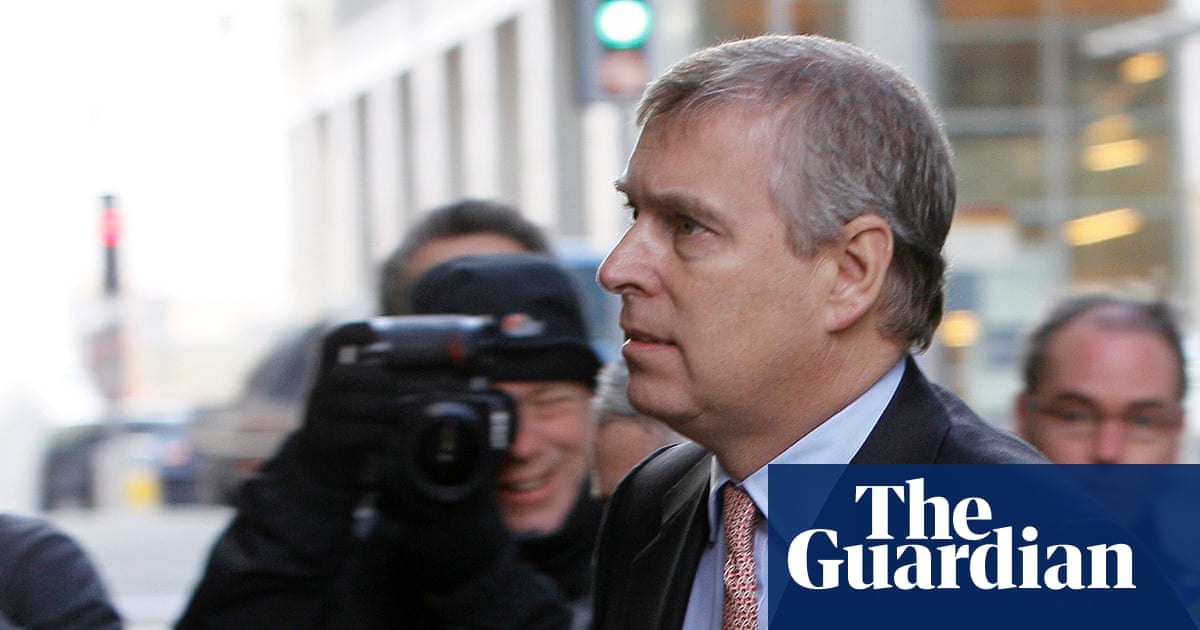
After discussions with King Charles, Prince Andrew has relinquished his royal titles including the Duke of York. It comes ahead of a memoir due to be published posthumously this week by Virginia Giuffre.
The book sets out how Jeffrey Epstein and…
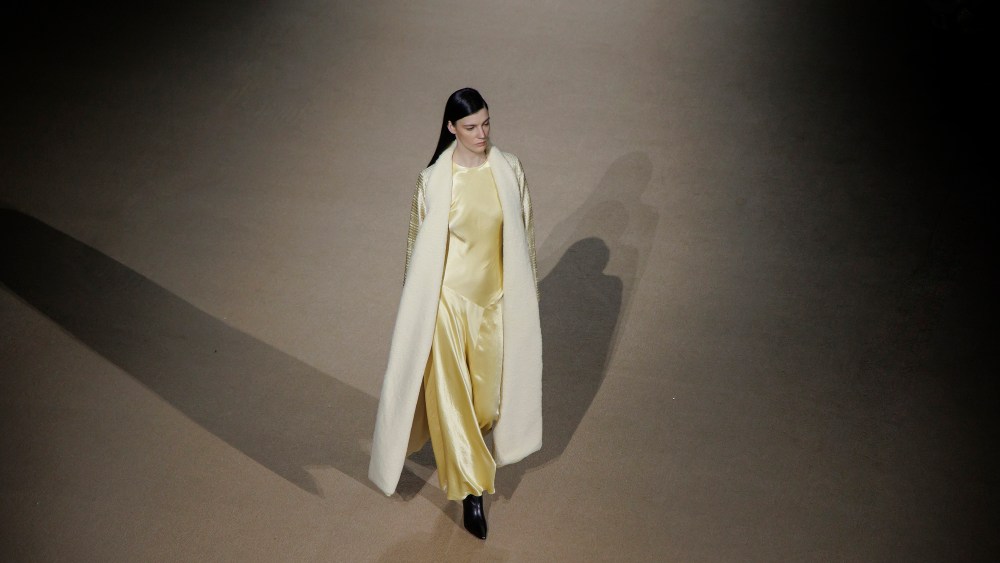
![Leem Fall 2025 at Riyadh Fashion Week [PHOTOS] – WWD](https://afnnews.qaasid.com/wp-content/uploads/2025/10/leem-f25-riyadh-08.jpg)
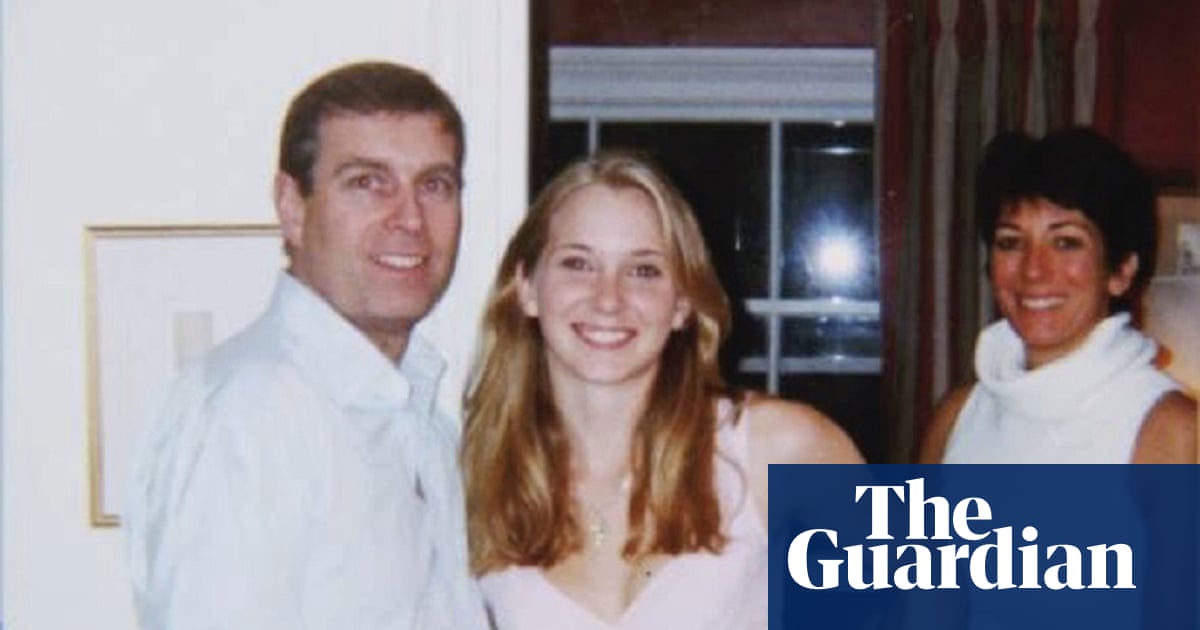
The Metropolitan police are looking into claims that Prince Andrew asked his taxpayer-funded close protection officer to uncover information about Virginia Giuffre hours before the emergence of a bombshell picture of them together.
Leaked emails…
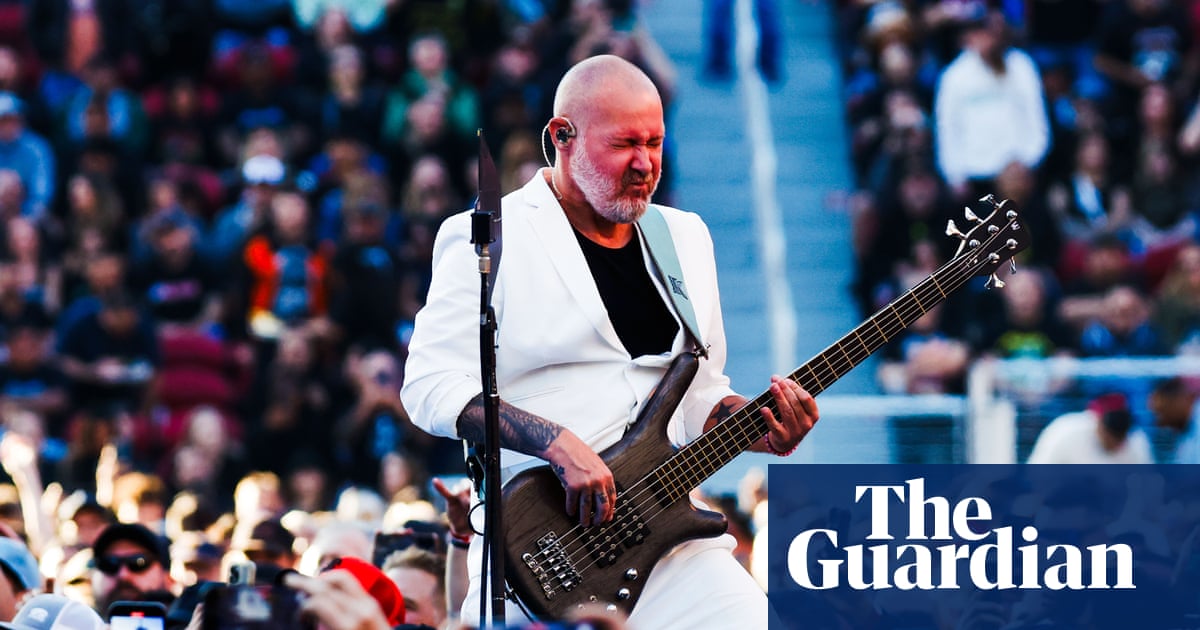
Sam Rivers, the bassist and backing vocalist of the US nu-metal group Limp Bizkit, has died at the age of 48, the band has said.
Limp Bizkit announced the death in a social media post, describing Rivers as the band’s “heartbeat”. “Today we…
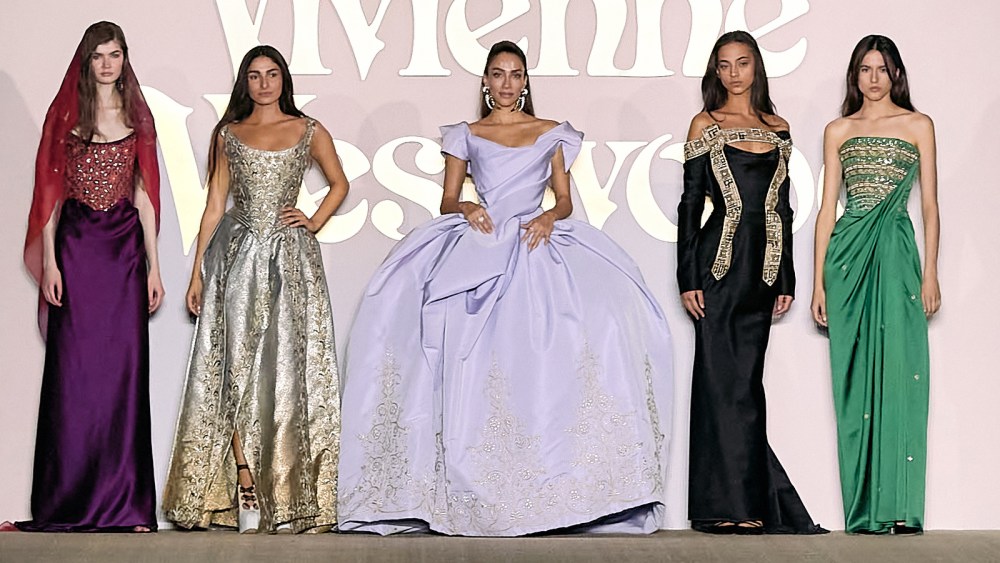
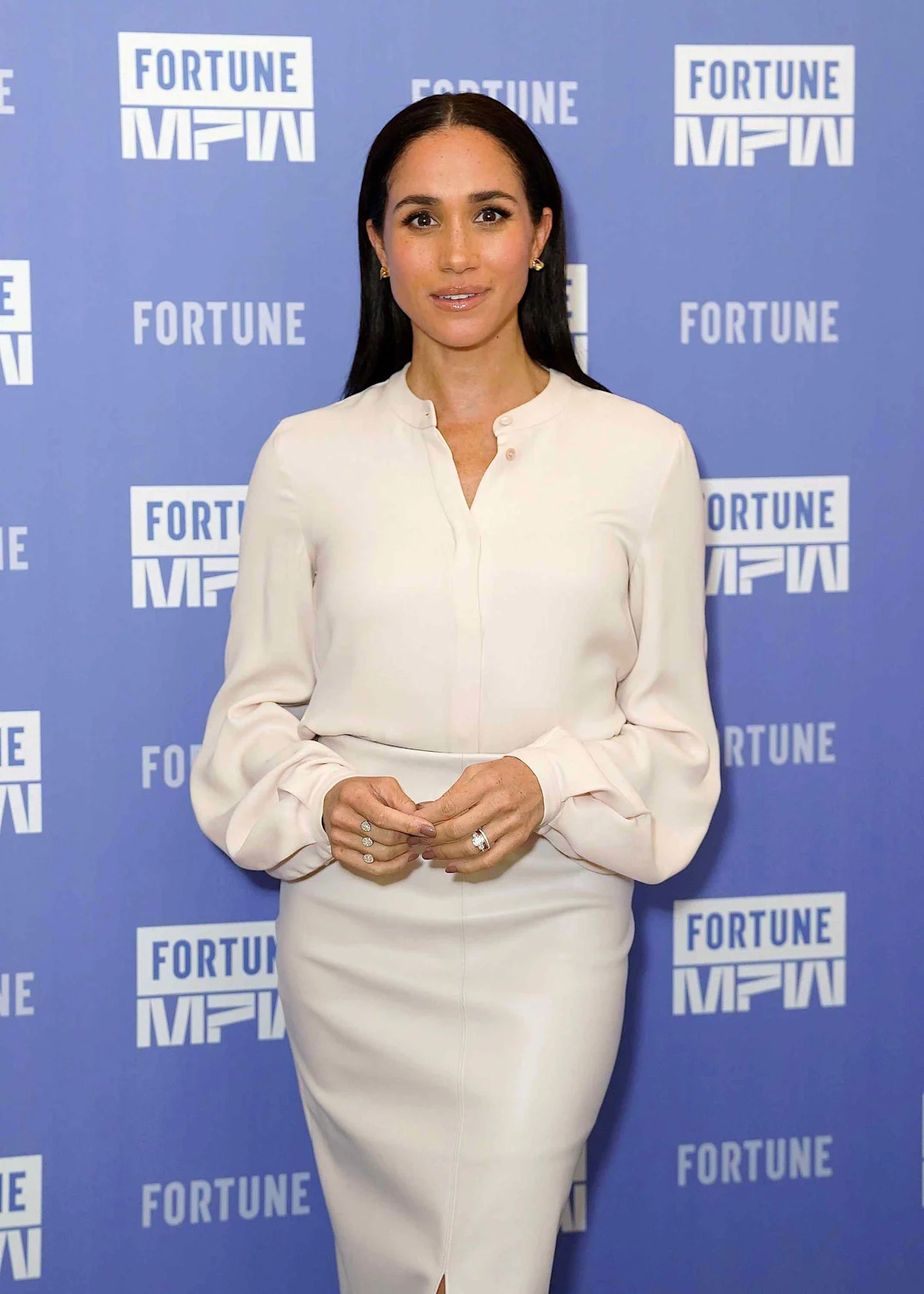
Meghan Markle and Prince Harry made a joint appearance at the annual George Zajfen Tennis Tournament on October 18.
Markle wore a white sundress, while Harry wore a white shirt and black pants.
Markle was seen wiping away tears during the…
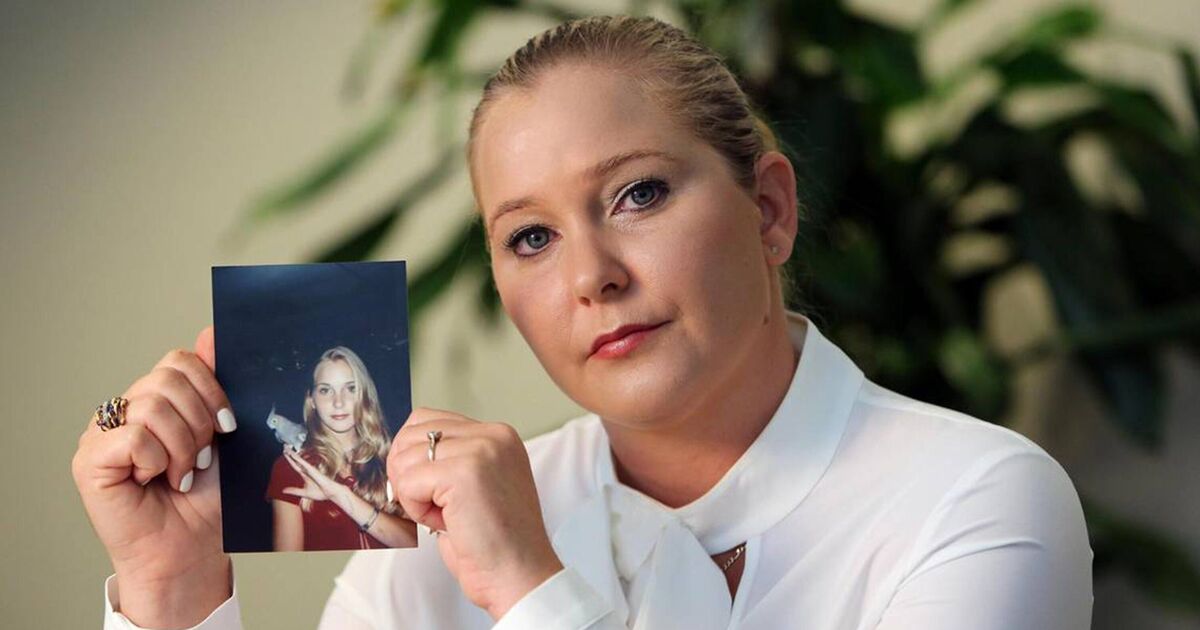
Virginia Giuffre has made explosive claims about Prince Andrew, alleging that she lost her baby days after participating in an orgy with Andrew and “eight other girls”. In her posthumous memoir, she said she miscarried just four days after…